- TLP protesters clash with police as march heads to Islamabad Dawn
- TLP protesters reach Shahdara bridge in Lahore; halt march overnight Dawn
- Internet Banned In Islamabad, Rawalpindi Ahead Of Anti-Israel Protest In Pakistan NDTV
- Pakistan violence…
Blog
-
TLP protesters clash with police as march heads to Islamabad – Dawn
-

Researchers identify key role of lactylation in driving aortic dissection
Recently, a research team led by Professor Jian-Xun Wang and Professor Tao Yu from Qingdao University made a significant breakthrough in understanding the role of lactylation modification in aortic dissection (AD). Their study…
Continue Reading
-

AMD and Sony Tease Next-Gen Graphics, Possibly for a PS6
AMD and Sony jointly teased AMD’s approach to improving its future graphics hardware performance in a video posted to YouTube this week: compression, aggregation and dedication. Compressing all the data in the graphics pipeline for lower memory…
Continue Reading
-
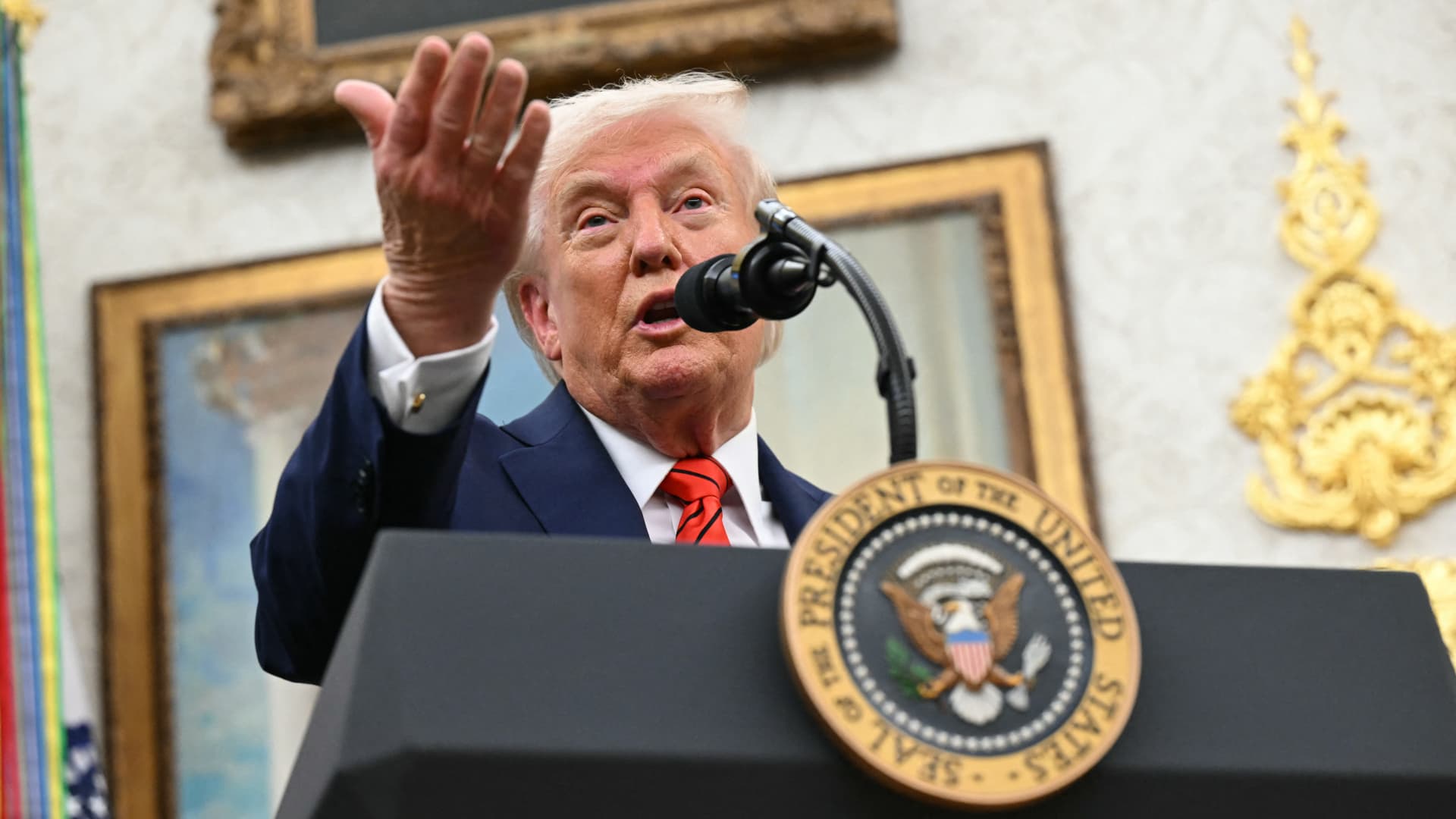
Trump threatens export controls on Boeing parts in response to China
US President Donald Trump announces a deal to lower drug prices with drug maker AstraZeneca at the Oval Office of the White House in Washington, DC, on Oct. 10, 2025.
Saul Loeb | AFP | Getty Images
The United States could impose export controls on Boeing plane parts as part of Washington’s response to Chinese export limits on rare earth minerals, President Donald Trump said on Friday.
“We have many things, including a big thing is airplane. They (China) have a lot of Boeing planes, and they need parts, and lots of things like that,” Trump told reporters at the White House, when asked what items could the U.S. impose export controls on.
Chinese airlines have orders for at least 222 Boeing jets, according to Cirium, an aviation analytics company.
The country has 1,855 Boeing airplanes in service. The vast majority of planes on order and in service are Boeing’s popular 737 single-aisle jet.
Continue Reading
-

Victoria Beckham’s Netflix Premiere Almost Reunited All Spice Girls
Victoria Beckham’s big Netflix documentary premiere night drew almost a full Spice Girls reunion in London, except for one member. One Spice Girl was notably absent. Emma Bunton, Geri Horner and Melanie Chisholm arrived to support their former…
Continue Reading
-
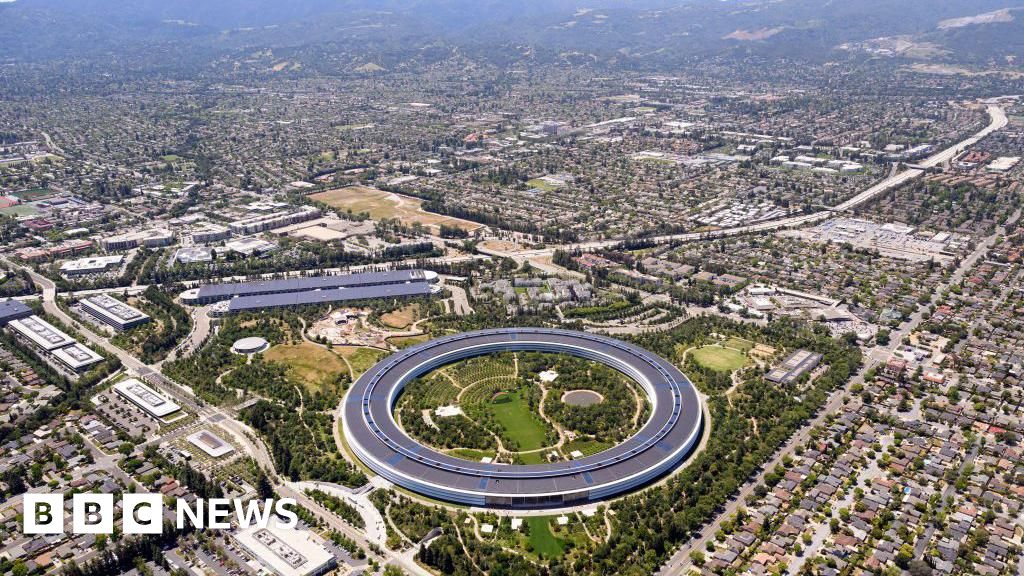
A tangled web of deals stokes AI bubble fears in Silicon Valley
Lily JamaliTechnology correspondent, San Francisco
 Getty Images
Getty ImagesSilicon Valley is home to many major tech firms, including Apple’s circular headquarters At OpenAI’s DevDay this week, OpenAI boss Sam Altman did what American tech bosses rarely do these days: he actually answered questions from reporters.
“I know it’s tempting to write the bubble story,” Mr Altman told me as he sat flanked by his top lieutenants. “In fact, there are many parts of AI that I think are kind of bubbly right now.”
In Silicon Valley, the debate over whether AI companies are overvalued has taken on a new urgency.
Sceptics are privately – and some now publicly – asking whether the rapid rise in the value of AI tech companies may be, at least in part, the result of what they call “financial engineering”.
In other words – there are fears these companies are overvalued.
Mr Altman said he expected investors would make some bad calls and silly start-ups would walk away with crazy money.
But with OpenAI, he told me, “there’s something real happening here”.
Not everyone is convinced.
In recent days, warnings of an AI bubble have come from the Bank of England, the International Monetary Fund, as well as JP Morgan boss Jamie Dimon who told the BBC “the level of uncertainty should be higher in most people’s minds”.
And here, in what is often considered the tech capital of the world, concerns are growing.
At a panel discussion at Silicon Valley’s Computer History Museum this week, early AI entrepreneur Jerry Kaplan told a packed audience he has lived through four bubbles.
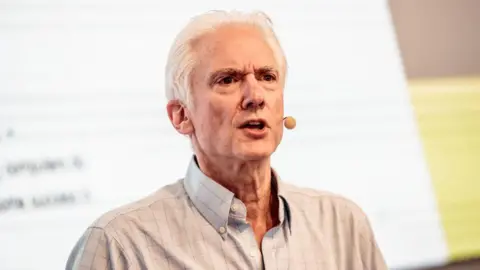 Getty Images
Getty ImagesJerry Kaplan founded Go Corporation, which developed early tablet computers He’s especially concerned now given the magnitude of money on the table as compared to the dot-com boom. There’s so much more to lose.
“When [the bubble] breaks, it’s going to be really bad, and not just for people in AI,” he said.
“It’s going to drag down the rest of the economy.”
However, at the Stanford Graduate School of Business, which has minted its fair share of tech entrepreneurs, Prof Anat Admati says while there have been many attempts to model when we’re in the bubble, it can be a futile exercise.
“It is very hard to time a bubble,” Prof Admati told me. “And you can’t say with certainty you were in one until after the bubble has burst.”
But the data is concerning to many.
AI-related enterprises have accounted for 80% of the stunning gains in the American stock market this year – and Gartner estimates global spending on AI will likely reach a whopping $1.5tn (£1.1tn) before 2025 is out.
Tangled web of deals
OpenAI, which brought AI into the consumer mainstream with ChatGPT in 2022, is at the centre of the tangled web of deals drawing scrutiny.
For example – last month, it entered into a $100bn deal with chipmaker Nvidia, which is itself the most valuable publicly traded company in the world.
It expands an existing investment Nvidia already had in Mr Altman’s company – with expectations that OpenAI will build data centres powered with Nvidia’s advanced chips.
Then on Monday, OpenAI announced plans to purchase billions of dollars worth of equipment for developing AI from Nvidia rival AMD, in a deal that could make it one of AMD’s largest shareholders.
Remember this is a private company, albeit one recently valued at a half-trillion dollars.
Then there’s tech giant Microsoft, which is heavily invested, and cloud computing behemoth Oracle has a $300bn deal with OpenAI, too.
OpenAI’s Stargate project in Abilene, Texas, funded with the help of Oracle and Japanese conglomerate SoftBank and announced at the White House during President Donald Trump’s first week in office, grows ever larger every few months.
And as for Nvidia, it has a stake in AI startup CoreWeave – which supplies OpenAI with some of its massive infrastructure needs.
 Getty Images
Getty ImagesOpenAI boss Sam Altman And as these increasingly complex financing arrangements get more and more common, the experts here in Silicon Valley say they may be clouding perceptions on AI demand.
Some people aren’t mincing their words about it either, calling the deals “circular financing” or even “vendor financing” – where a company invests in or lends to its own customers so they can continue making purchases.
“Yes, the investment loans are unprecedented,” Mr Altman told me on Monday.
But, he added, “it’s also unprecedented for companies to be growing revenue this fast.”
OpenAI’s revenue is growing quickly, but it has never turned a profit.
And it is hardly a good sign that the people I’ve spoken to keep bringing up Nortel – the Canadian telecom equipment-maker that borrowed prolifically to help finance deals for their customers (and thereby artificially boost demand for their wares).
For his part, Nvidia’s Jensen Huang defended his deal with OpenAI on CNBC Monday, saying the firm isn’t required to buy his company’s tech with the money he invests.
“They can use it to do anything they like,” Huang said.
“There’s no exclusivities. Our primary goal is just really to support them and help them grow – and grow the ecosystem.”
Telltale signs
Mr Kaplan says he sees a couple of telltale signs the AI sector – and therefore the wider economy – could be in trouble.
In frothy times, he says, companies announce major initiatives and product plans that they don’t yet have the capital for.
Meanwhile, retail investors clamour to get in on the start-up action.
The surge in AMD stock this week could indicate investors are trying to get a piece of the ChatGPT wealth machine – and while all this is playing out, real physical infrastructure aimed at satisfying the seemingly insatiable hunger for more AI development is being built.
“We’re creating a new man-made ecological disaster: enormous data centres in remote places like deserts, that will be rusting away and leaching bad things into the environment, with no one left to hold accountable because the builders and investors will be long gone,” Mr Kaplan said.
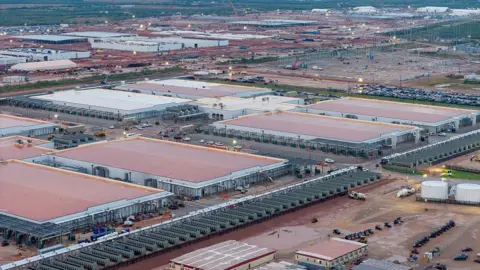 Getty Images
Getty ImagesOpenAI wants to secure $500bn to build a 10-gigawatt complex, under construction in Texas, by the end of this year. But even if we are in a bubble, the hope from Silicon Valley is investments being made now won’t necessary go to waste.
“The thing that comforts me is that the internet was built on the ashes of the over-investment into the telecom infrastructure of yesterday,” said Jeff Boudier, who builds products at the AI community hub Hugging Face.
“If there is overinvestment into infrastructure for AI workloads, there may be financial risks tied to it,” he said.
“But it’s going to enable lots of great new products and experiences including ones we’re not thinking about today.”
There are plenty of believers in AI’s potential to transform society.
The question is whether the money to fund the ambitions of the foremost companies in the sector may be drying up.
“Nvidia looks like the last lender or investor,” said Rihard Jarc, who founded the UncoverAlpha newsletter.
“Who else has the capacity right now to invest $100 billion in another company?”

Continue Reading
-

AI brings hope for cervical cancer detection in rural Africa
AI can be used to detect cervical cancer in women in resource-limited parts of the world. However, for this method to work, investments are needed in healthcare staff, reliable supply chains and trust in these communities. This has…
Continue Reading
-
Trump says he spoke with Machado after White House criticizes Nobel snub – Reuters
- Trump says he spoke with Machado after White House criticizes Nobel snub Reuters
- Venezuela opposition leader Maria Corina Machado wins Nobel Peace Prize, dedicates award to Trump Dawn
- White House blasts Nobel Committee for not awarding Peace…
Continue Reading
-
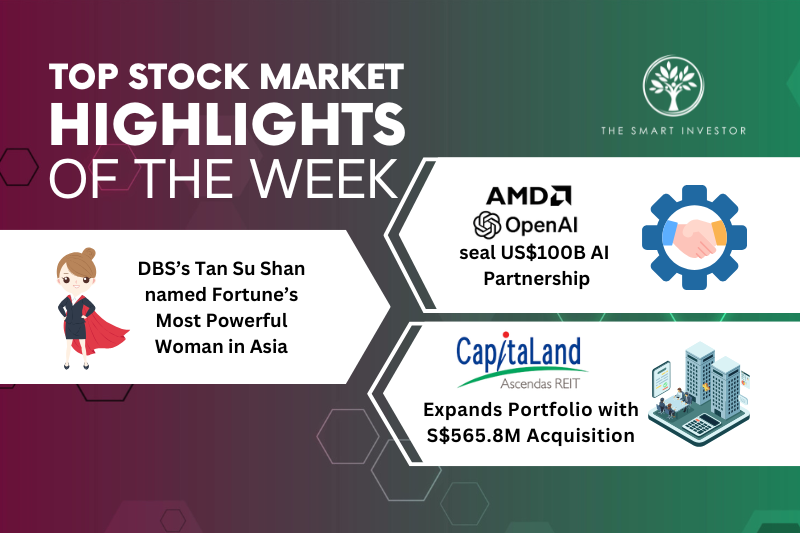
Advanced Micro Devices, DBS Group and CapitaLand Ascendas REIT
This week, investors watched a mix of bold moves and milestones unfold across markets.
AMD stole the spotlight with a landmark US$100 billion AI chip deal with OpenAI that sent its shares soaring by over 30% in a single day.
Back home, DBS CEO Tan Su Shan made history as Fortune’s Most Powerful Woman in Asia 2025, while CapitaLand Ascendas REIT expanded its portfolio with three Singapore industrial assets worth S$566 million, reinforcing confidence in the city’s resilient property sector.
Advanced Micro Devices (NASDAQ: AMD), or AMD, secured a transformative partnership with OpenAI that sent its shares soaring 34% on 6 October 2025, adding approximately US$80 billion to the chipmaker’s market capitalisation in a single trading session.
Under the multi-year agreement, OpenAI will deploy six gigawatts of AMD’s Instinct graphics processing units across multiple generations, beginning with a one-gigawatt rollout of the MI450 series chips in the second half of 2026.
AMD expects the partnership to generate tens of billions of dollars in annual revenue, with projections exceeding US$100 billion over four years.
AMD granted OpenAI warrants for 160 million shares (10% equity) that vest based on deployment milestones and share price targets, with the final tranche requiring AMD’s stock to reach US$600.
AMD shares closed at US$164.67 on 4 October before jumping to US$222.24.
The deal marks major validation of AMD’s AI chip technology as it challenges industry leader Nvidia’s dominance, whilst providing OpenAI crucial diversification of its chip supply chain.
DBS Group (SGX: D05) chief executive Tan Su Shan claimed the top spot on Fortune magazine’s 2025 Most Powerful Women in Asia list, marking a significant milestone seven months after assuming leadership of Southeast Asia’s largest bank in March 2025.
Fortune’s annual ranking celebrates 100 women leaders across 14 Asian markets.
Tan, 57, spent over 15 years at DBS following roles at Morgan Stanley and Citi, leading both institutional and consumer banking divisions while helping build Asia’s top private bank.
She succeeded Piyush Gupta, who grew revenue from S$4.6 billion to S$17 billion since 2009.
For the first half of 2025, DBS reported total income rising 5% year on year to S$11.6 billion, profit before tax up 3% year on year to S$6.83 billion, and net profit of S$5.72 billion with return on equity at 17.0%.
Tan has warned 2025 will be volatile, urging colleagues to “buckle up” as DBS navigates trade tensions and cryptocurrency resurgence whilst betting on Singapore’s future as a regional financial hub.
Continue Reading
-

Genetic study reveals unique mutations in Chinese patients with hypertrophic cardiomyopathy
Hypertrophic cardiomyopathy (HCM), a common genetic heart disorder, is often caused by mutations in sarcomere-related genes. While extensively studied in European populations, its genetic basis in Chinese individuals remains poorly…
Continue Reading
